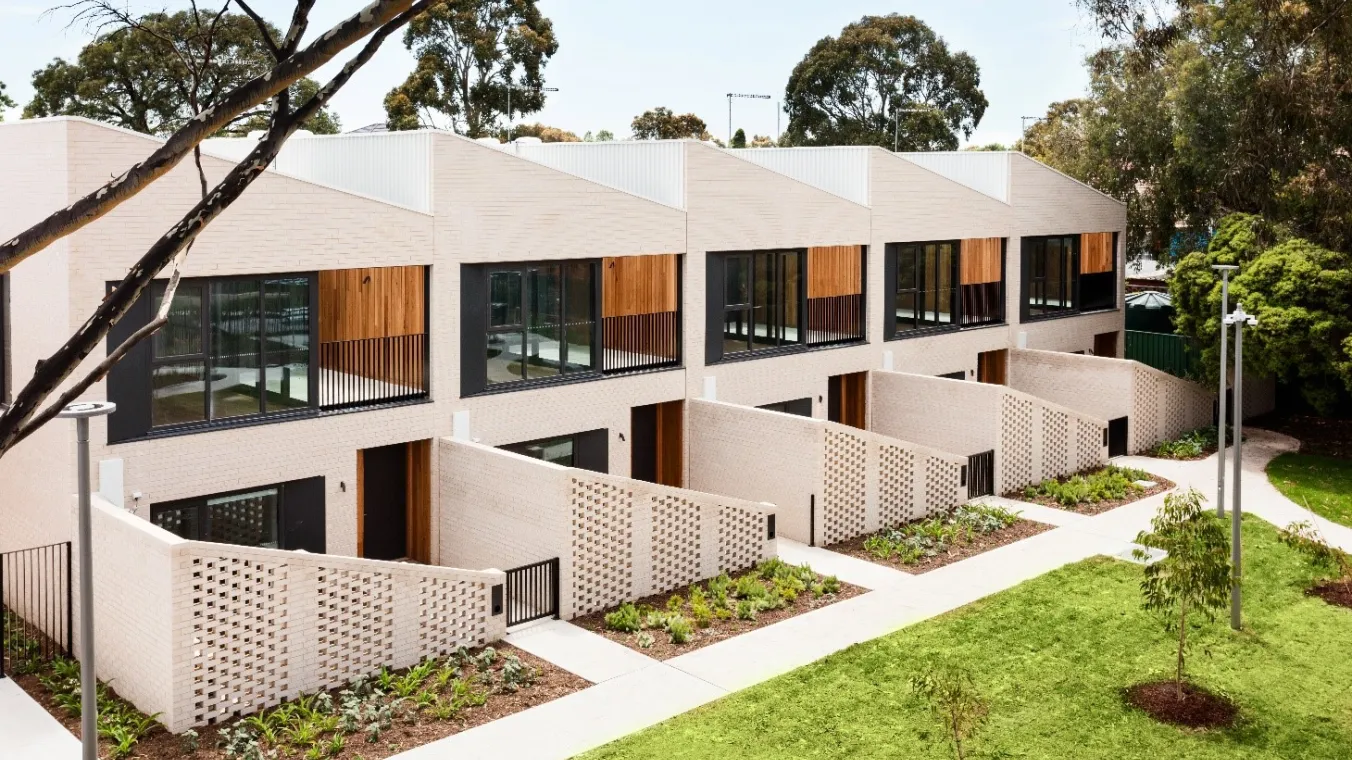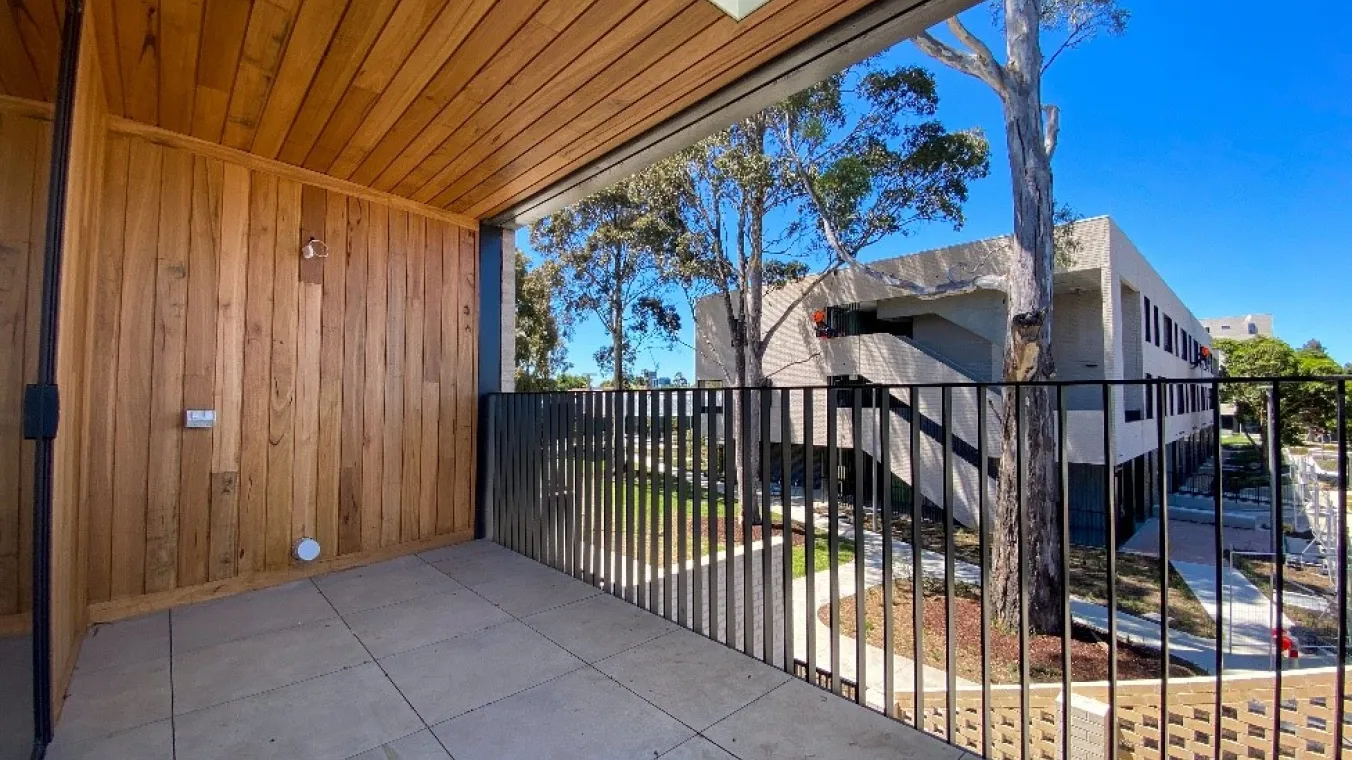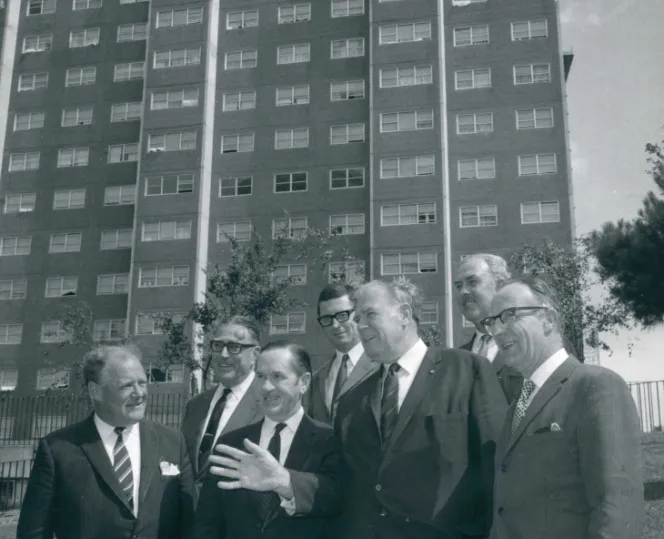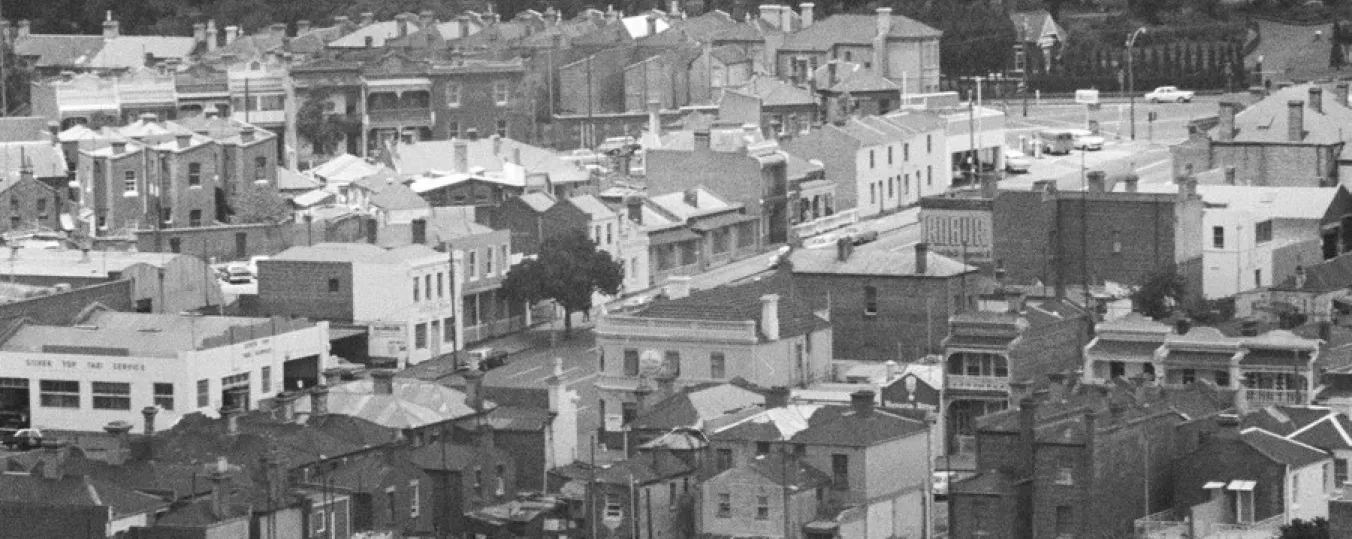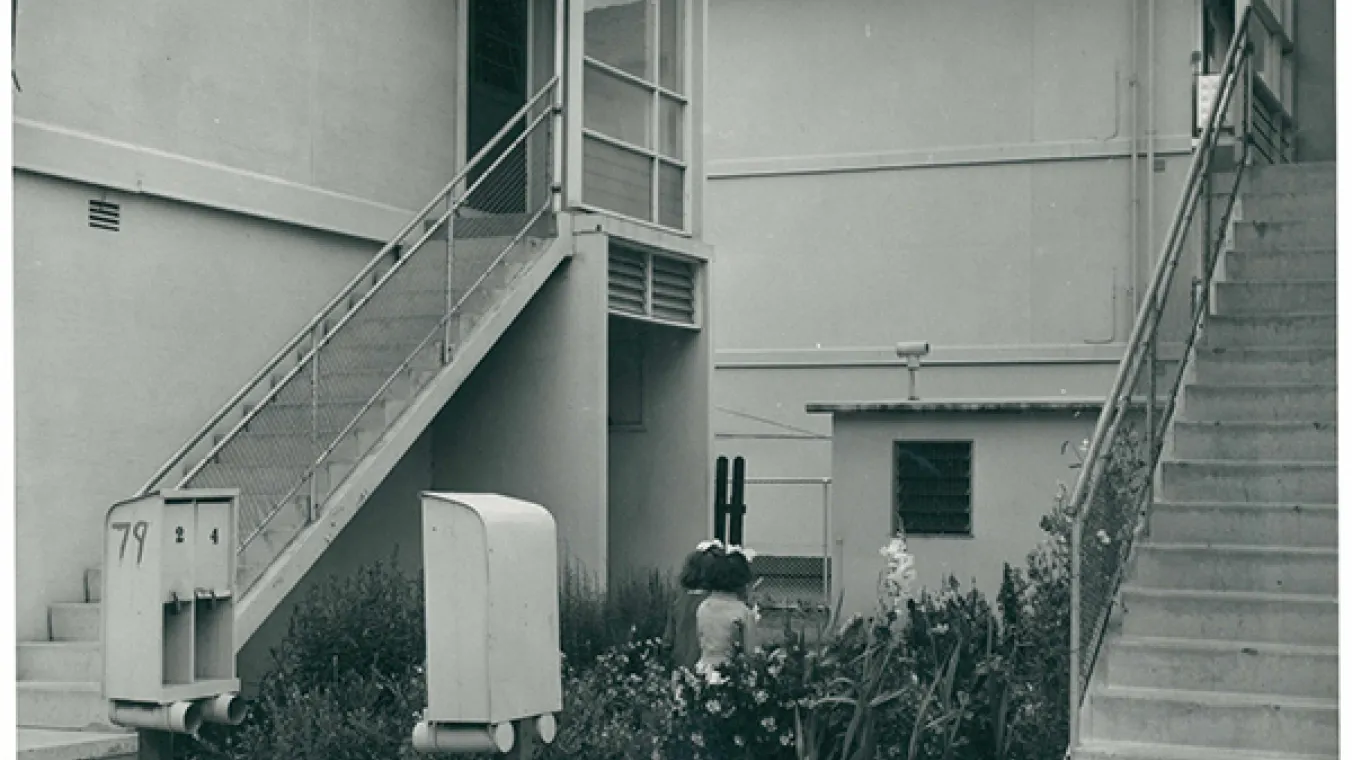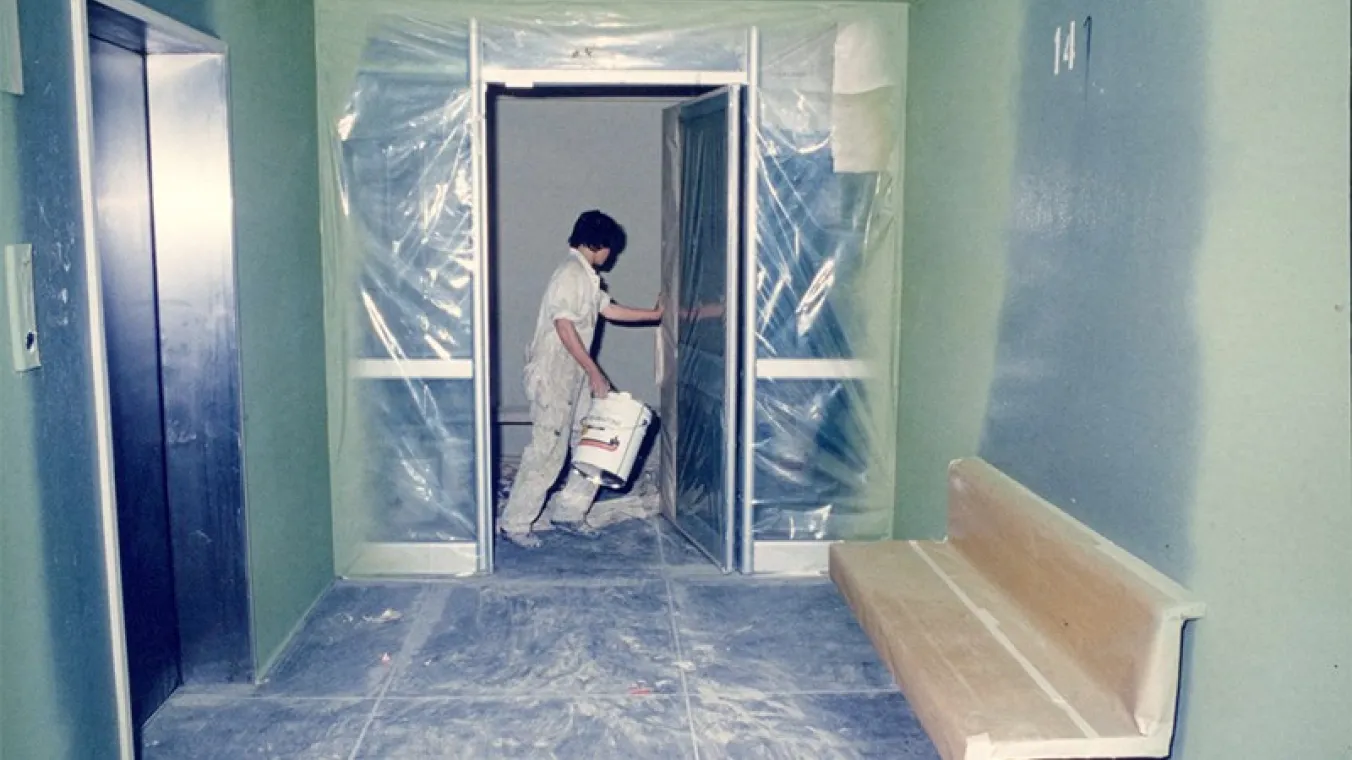Our history
Our legacy
For nearly a century, the Victorian Government has played a central role in providing housing for those in need. Over the years, a succession of agencies and departments have been stewards of Victoria’s public and community housing, but one thing has remained constant – the long-standing mission of delivering more and better homes for Victorians in need. Today, Homes Victoria continues this legacy.
Image credit: State Library of Victoria, Alan Jordan 1969
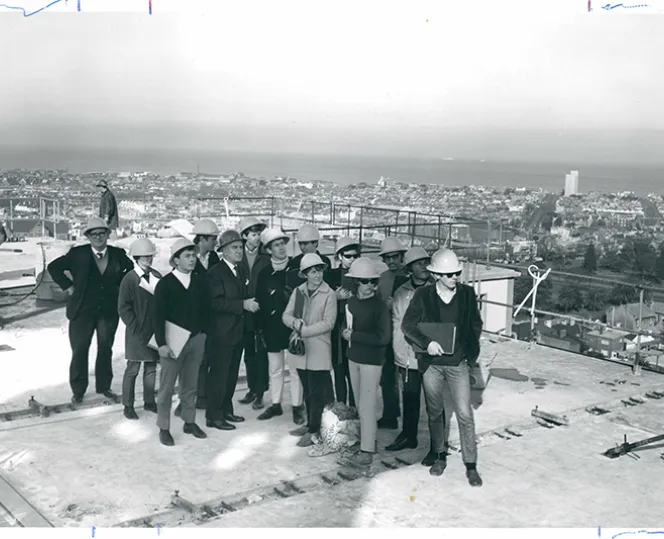
1936 – The very beginning (Slum Reclamation Abolition Board)
The first steps in delivering modern housing began in July 1936 with the appointment of a Slum Reclamation Abolition Board. This was set up to investigate housing in Victoria after growing concerns about the ability of many local municipalities to cope with increasing demands for housing due to the emerging manufacturing industry.
1938 – Housing for those in need (The Housing Commission of Victoria)
In response to severe housing shortages and growing slum conditions, the Housing Commission of Victoria (The Commission) was established in 1938. The Commission began the task of replacing overcrowded and unsafe slum dwellings with modern public housing for those in need.
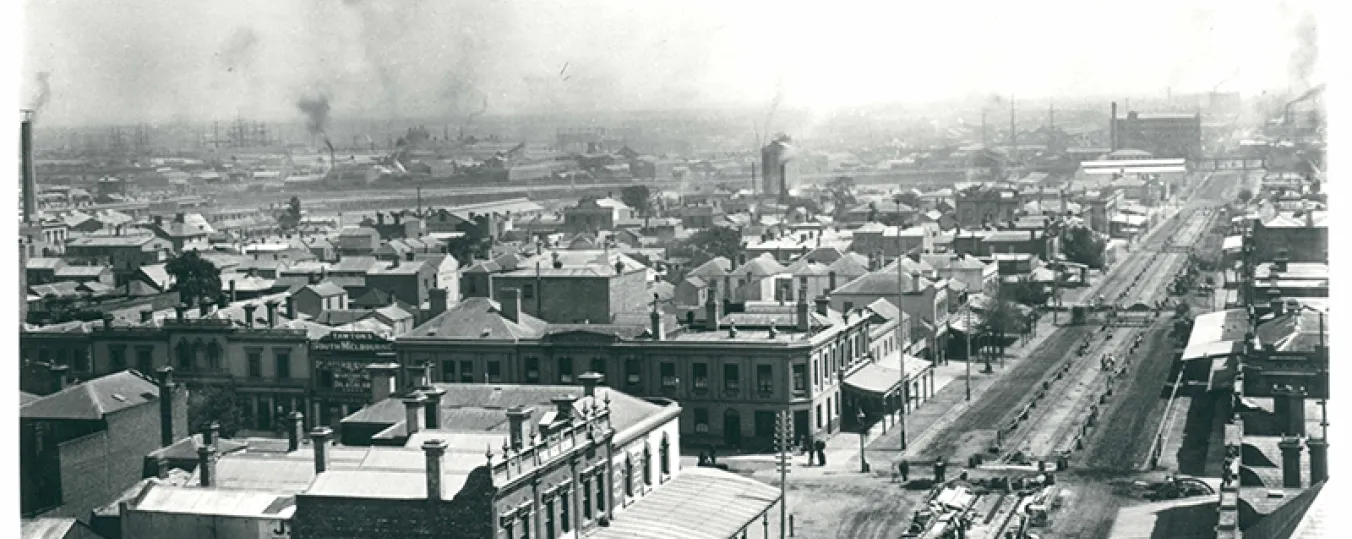
1940s – Suburban expansion
The Commission rapidly expanded its work in the years following Word War 2, delivering large-scale public housing projects across Melbourne and regional Victoria. Projects were informed by new thinking in urban design, the Garden City Movement, resulting in an influx of detached houses in suburban areas.
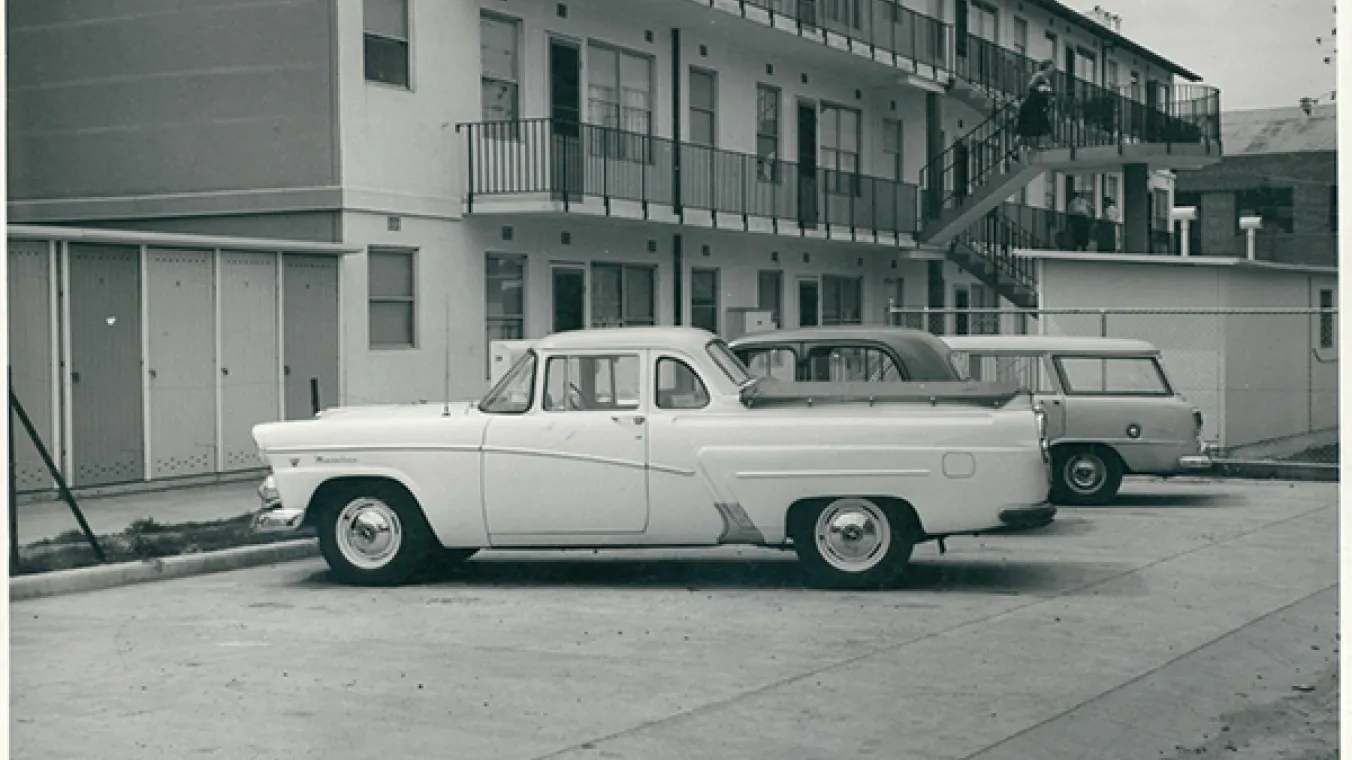
1950s - 1970s – Skyrocketing development
Inspired by European design solutions, the Commission shifts its approach towards high-density public housing to accommodate a rapidly growing urban population. This period of construction delivered Melbourne’s high-rise public housing towers, which quickly became a defining feature of the inner-city skyline.
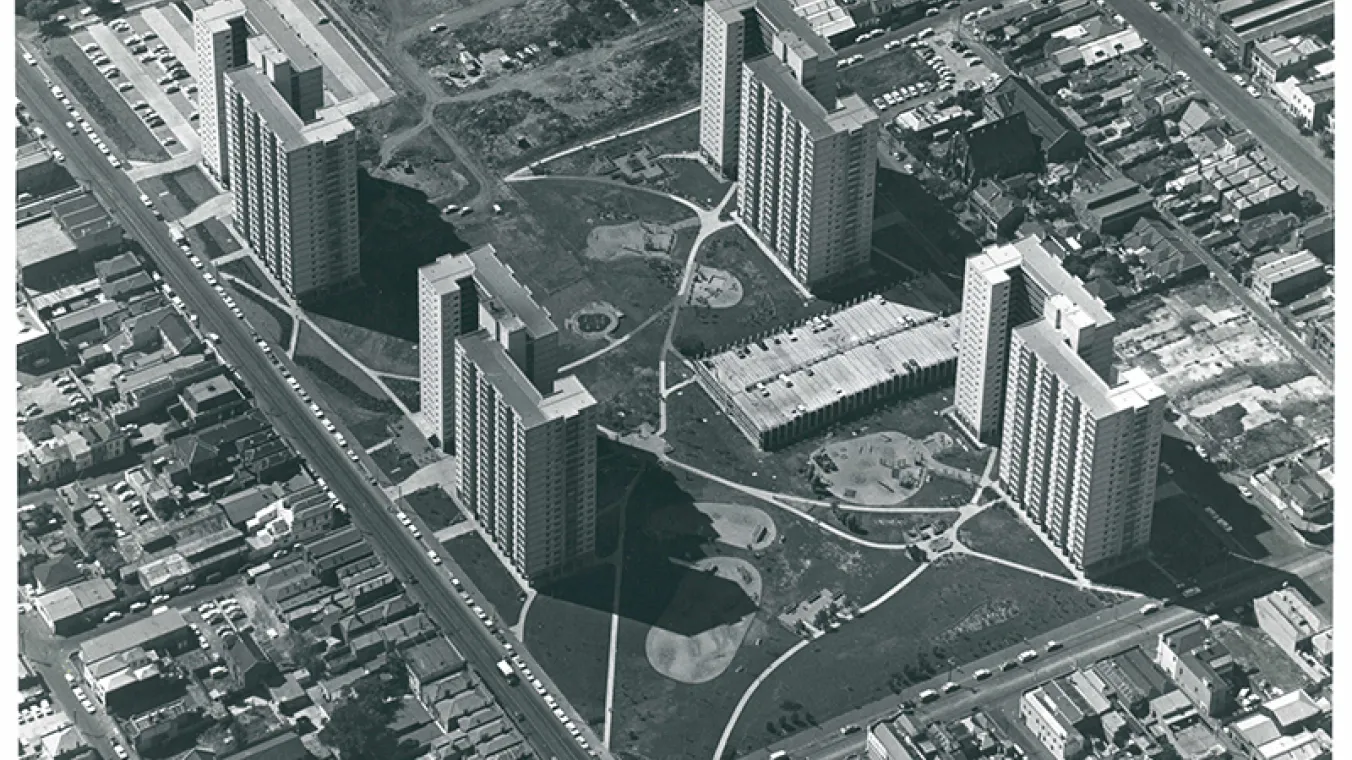
1983 – Tenants at the centre (Ministry of Housing)
Although lauded in earlier decades for housing many residents close to local services and amenities, by the 1980s the towers were showing the effects of outdated urban planning and growing out of favour with surrounding communities. It was clear a more people-focused approach to housing was needed.
The Commission was dissolved in 1983 and replaced with the newly created Ministry of Housing. This shift saw a greater emphasis on tenant support, maintenance and community development.
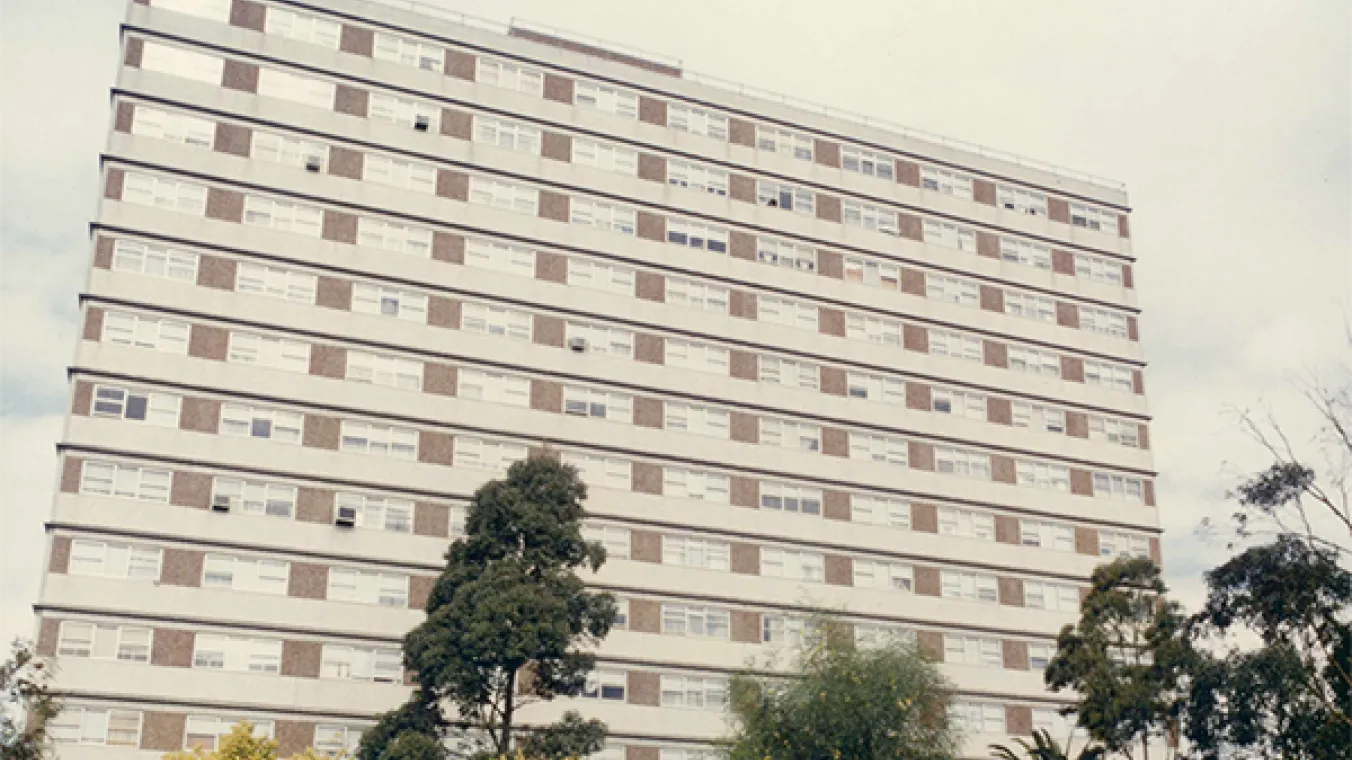
1990s – A new inclusive era (The Office of Housing)
In 1996 the Office of Housing was established within the Department of Human Services, overseeing the state’s public housing portfolio. This new era saw an increased focus on developing new housing and redeveloping existing estates with a greater mix of public, affordable, and private homes.
2020 – A agency with big ambitions (Homes Victoria and the Big Housing Build)
Recognising the need for a contemporary, well-funded, and strategic housing agency, the Victorian Government established Homes Victoria in 2020.
Homes Victoria acts as the steward for the social housing and homelessness systems, and works with the housing and homelessness sectors to provide Victorians who need housing support with access to safe and secure social and affordable housing. The agency also manages the maintenance and improvement of public housing and the delivery of essential support services to ensure households can access and sustain the housing they need, when they need it.
Through our $6.3 billion Big Housing Build and Regional Housing Fund - the largest single investment in social and affordable housing in Victoria’s history, Homes Victoria is delivering more than 13,000 new homes, and replacing outdated housing stock with modern, accessible and energy-efficient homes across the state.
Homes Victoria is also leading leading Australia’s largest ever urban renewal project – the redevelopment and replacement of Melbourne’s 44 ageing public housing towers and other buildings and improved community spaces by 2051. This landmark project will ensure renters have the housing they deserve and provide more Victorians with the safety, security and dignity of a home.
